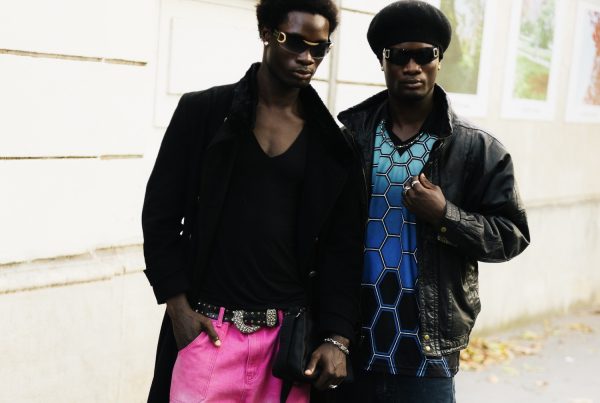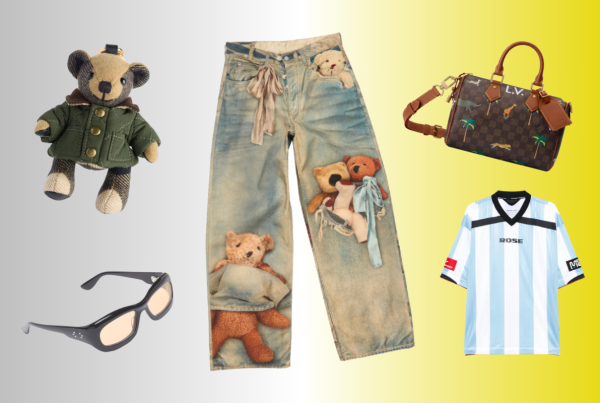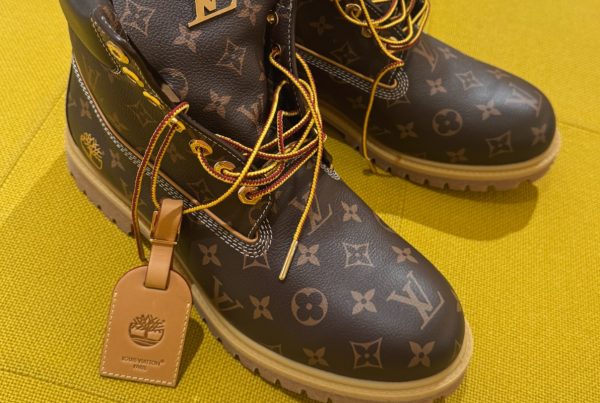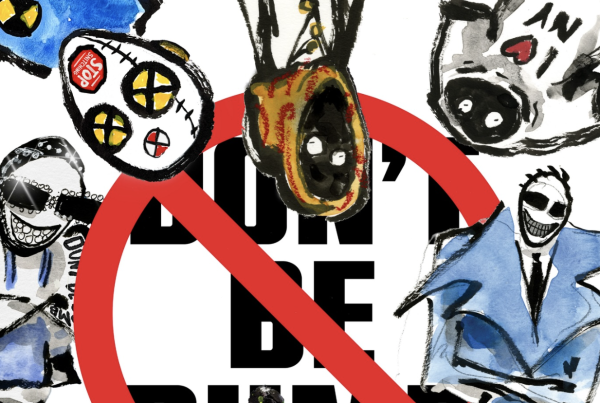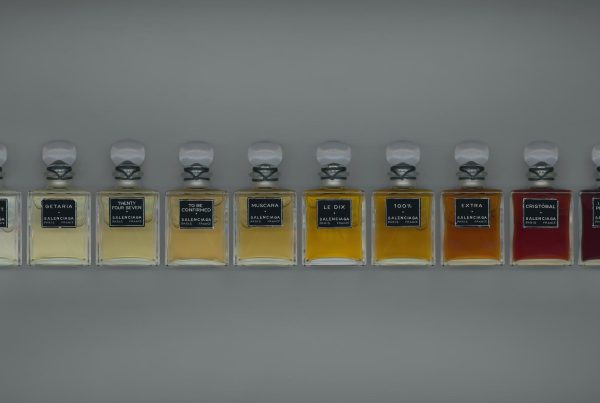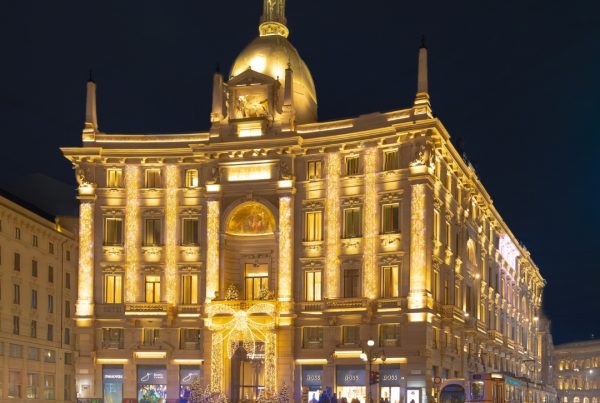
Telling stories around the world through photography for a living is something few people can achieve. Nevertheless, with the right information and set of actions, anyone can turn their dream into a reality.
This guide provides useful tips on how to follow the career path of a travel photographer. From mastering the elements and principles of photography to licensing your images, learn everything you need to jumpstart a career in travel photography.
Who is a travel photographer?
Much like any other photographer, a travel photographer is a person who captures moments and tells stories through their pictures. What sets them apart, however, are the stories and themes they document. They revolve around landscapes, people, and cultures around the world.
People’s emotions, new experiences, old traditions and rituals, as well as sensations of a new destination are all interesting subjects for a travel photographer to capture. However, sometimes their job is far less fascinating and involves shooting mundane things, such as hotel rooms, resorts, and transportation.

6 steps to becoming a travel photography professional
- Learn photography fundamentals
Any professional path begins with learning the basics, and traveler photography is no exception. Let’s dive deeper into photography fundamentals to understand how they can improve your travel photography skills.
Principles of design in photography
Many artistic choices a photographer makes, such as how to frame a shot or which angles to use, are guided by design principles. The Depositphotos blog goes into detail about the design elements you can apply to photography. However, this article will briefly touch on some key principles.
Elements and principles of photography
To effectively capture the beauty this world has to offer, one must be familiar with the following:
- Visual hierarchy helps guide the viewer’s eye through a picture in order of importance;
- Composition is the arrangement of elements within a frame to create a visually appealing image;
- Symmetry is a technique that creates harmonious compositions;
- Repetition is the use of recurring shapes or patterns within a frame;
- Contrast refers to the brightness range of a photograph, from lightest to darkest;
- Texture refers to the surface quality of an object or scene captured in the image;
- Depth is a perception of distance in a two-dimensional image;
- Form is the three-dimensional quality of objects captured in two-dimensional images;
- Shape is the physical form of objects in a frame;
- Color includes the hue, saturation, and brightness of different elements in a scene.
Harmony in photography
In photography, harmony is when all elements in a composition work together, and none of them seem unnecessary. It is one of the key principles of photography that helps create balance and unity in an image. Harmony can be achieved by carefully considering elements like light, texture, depth, form, shape, and color.
- Familiarize yourself with the types of travel photographers
Once you’ve mastered the photography basics, you need to decide on your niche. For this to happen, you must first familiarize yourself with the types of travel photographers. Here are some of the most common types of professional travel photographers:
- Destination wedding photographer;
- Stock travel photographer;
- Travel photography blogger;
- Photowalk guide;
- Freelance travel photographer;
- Wildlife photographer;
- Resort photographer;
- Cruise ship photographer;
- Photojournalist.

- Establish professional goals
A career path is only possible with direction. For this reason, you need to develop clear and manageable professional goals for your travel photography career. When you sit down to plan out your goals, ask yourself the following:
- Am I looking for a short- or long-term career?
- Do I want to take trips or stay in one place?
- How often do I want to take photography travels?
- How much money do I want to earn?
- Do I want my works to be published in magazines, displayed in galleries, or on online platforms?
- What niche of travel photography do I want to focus on?
- Do I want to be a freelance photographer or work for a specific company or publication?
- Get photography equipment
This step is probably one of the most important for a travel photographer. All because investing in high-quality photography gear can make your job a lot easier and more predictable.
In addition to the ability to produce quality images, your camera should be compact and lightweight enough to travel with. However, don’t forget about lenses. Having a variety of lenses for different situations can greatly improve the quality and versatility of your photos.
Remember to include other photography essentials, such as a sturdy tripod, a reliable camera bag, weather protection, and extra batteries and memory cards for those long days of shooting on the go.
- License your images
When you start selling your photos, image licensing will become an important aspect of your business. By licensing your pictures, you protect your work and ensure you are fairly compensated for its use.
Almost all photographers, photography agencies, and image libraries use one of two main image licensing models—a Rights-Managed (RM) or Royalty-Free (RF) license. Less commonly, photographers can also choose to license their images under a Creative Commons license. It allows others to freely use their work, but only under certain conditions.
If you decide to sell your photos online, stock photo websites like Depositphotos will take care of the licensing process for you. In addition, they will distribute and market your photographs for a percentage of your earnings. Here, you can find many stock photo platforms to sell your images online.






